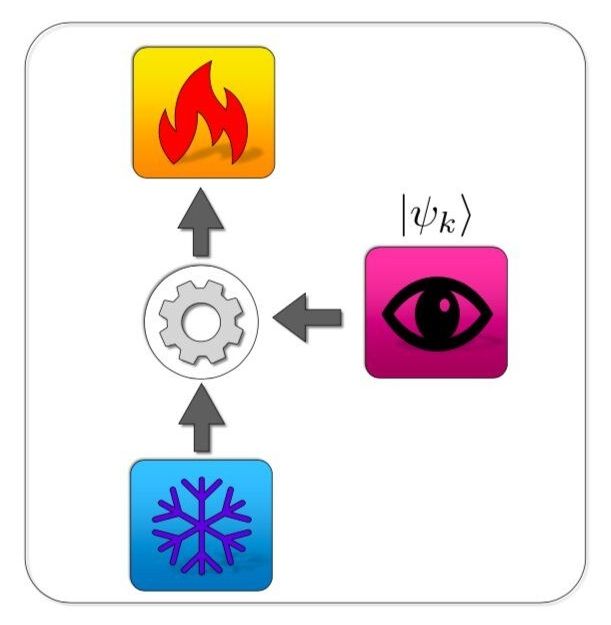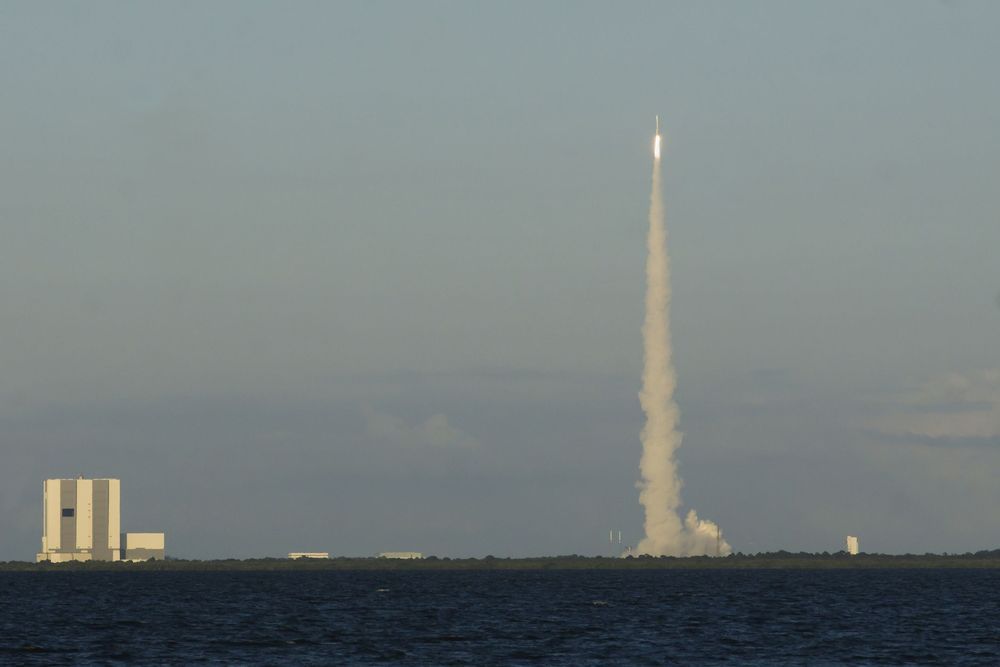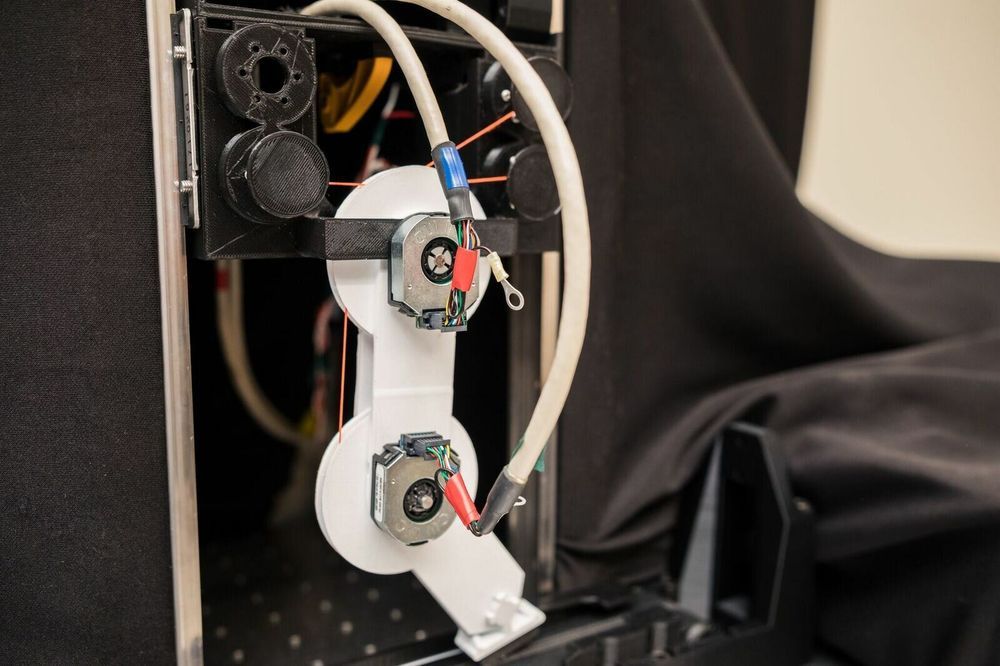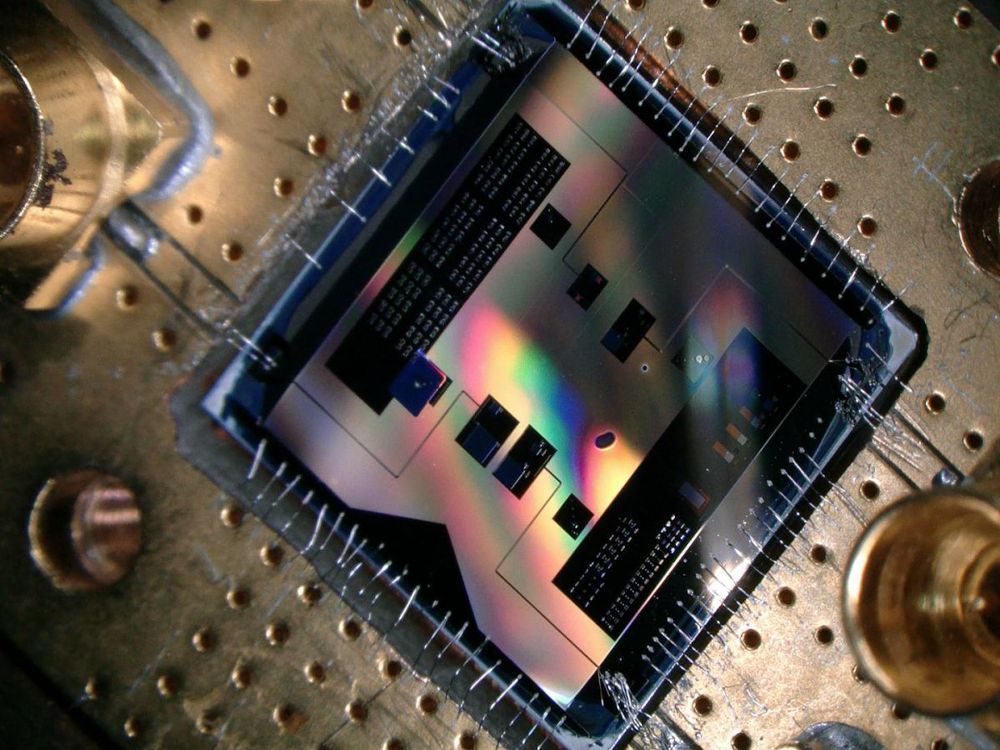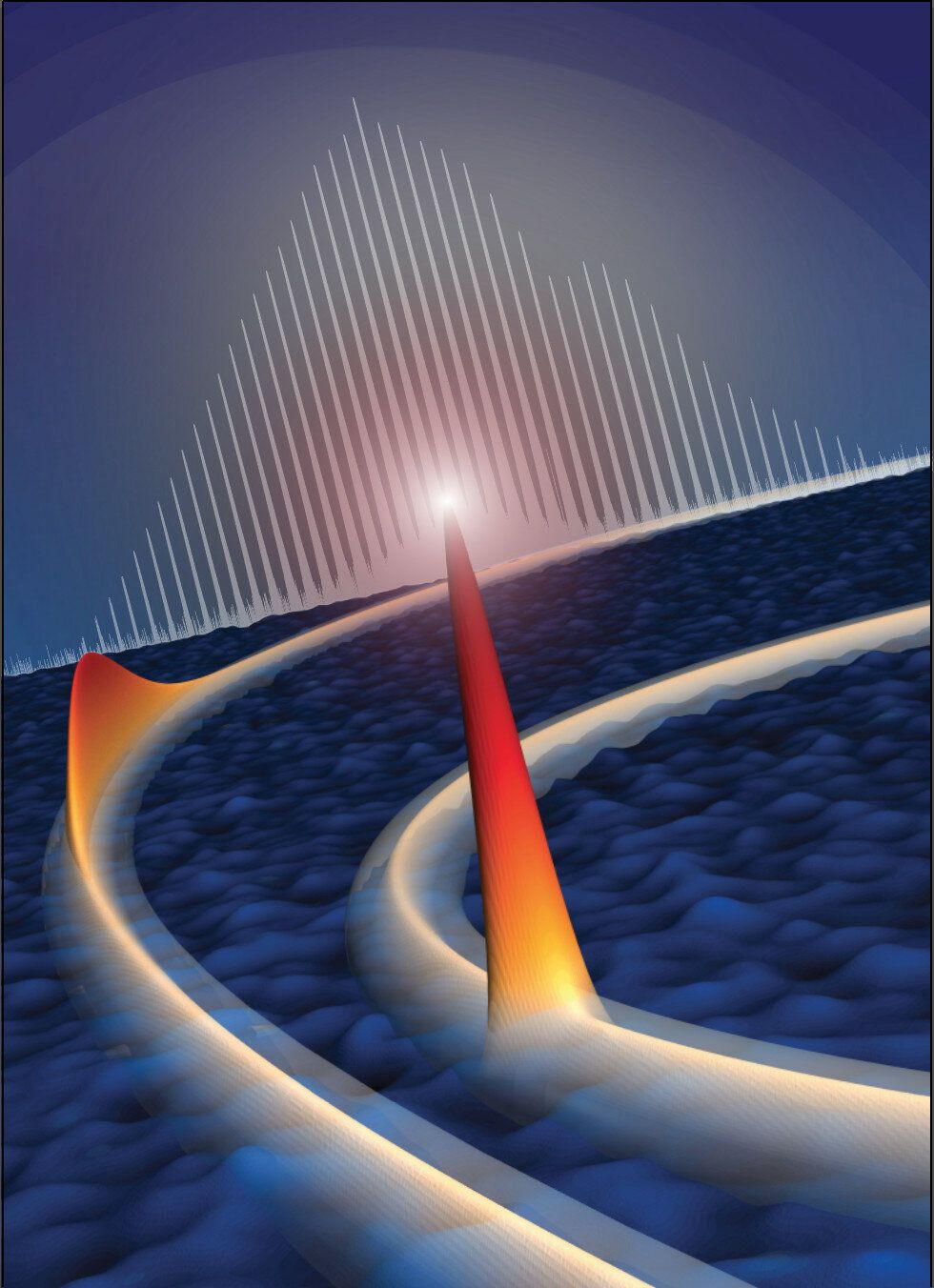Snipr Biome has raised (PDF) $50 million (€43 million, DKK320 million) to take CRISPR-based microbiome drugs into clinical trials. The Danish biotech is using CRISPR/Cas to selectively target and kill bacteria with specific DNA sequences.
Christian Grøndahl, the CEO of Snipr, began working with his co-founders on the use of gene editing to modify or kill bacteria shortly after he left Kymab in 2015. The work led to a series of patents on altering microbiota, for reasons including immune modulation, and a €2.6 million investment from Lundbeckfonden Emerge to support research into potential applications for the technology.
Now, Lundbeckfonden has joined with Dutch VC shop LSP to lead a $50 million series A round. The jump in funding follows a period in which Snipr has begun to validate its technology and refine its R&D strategy.


